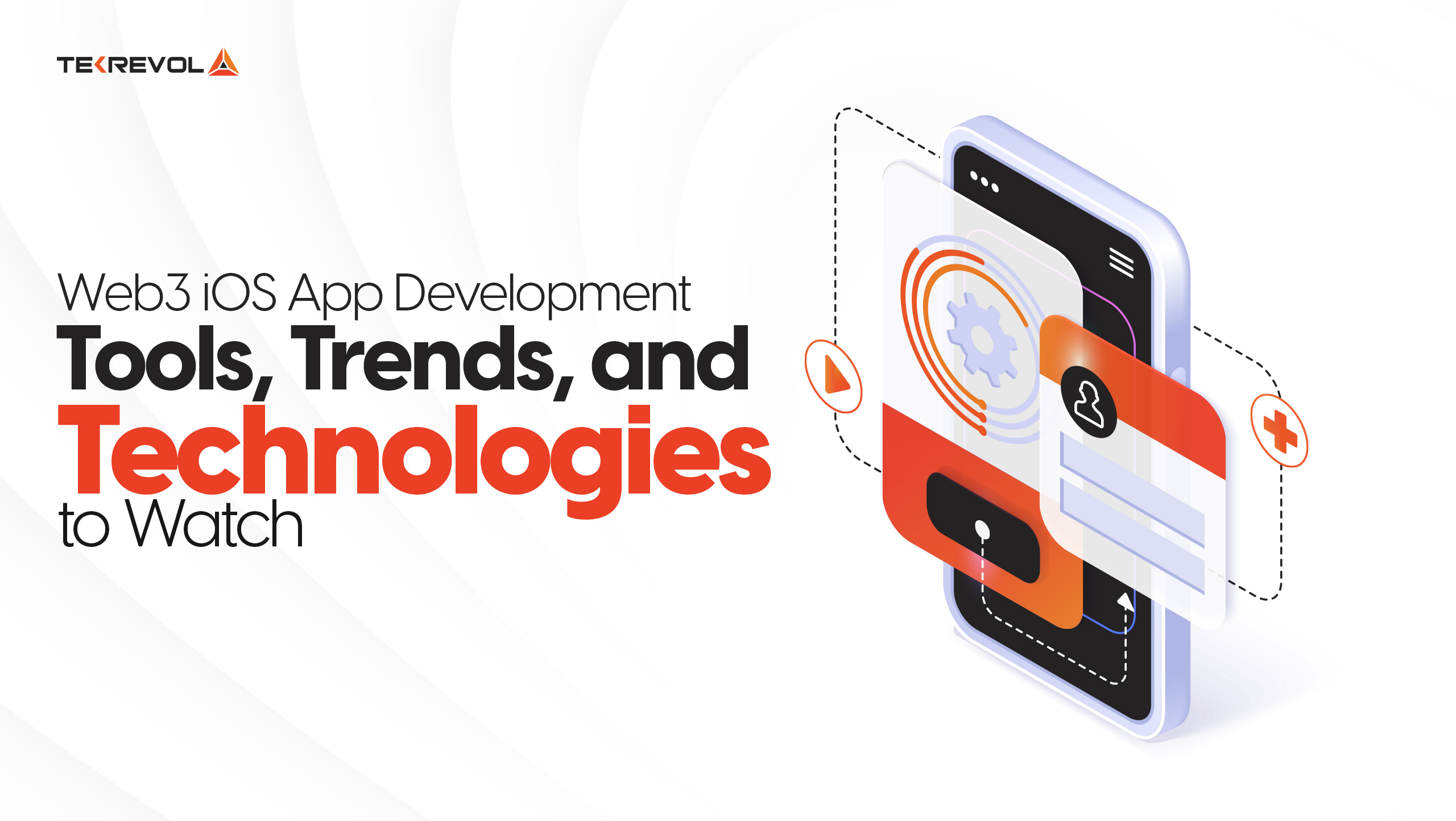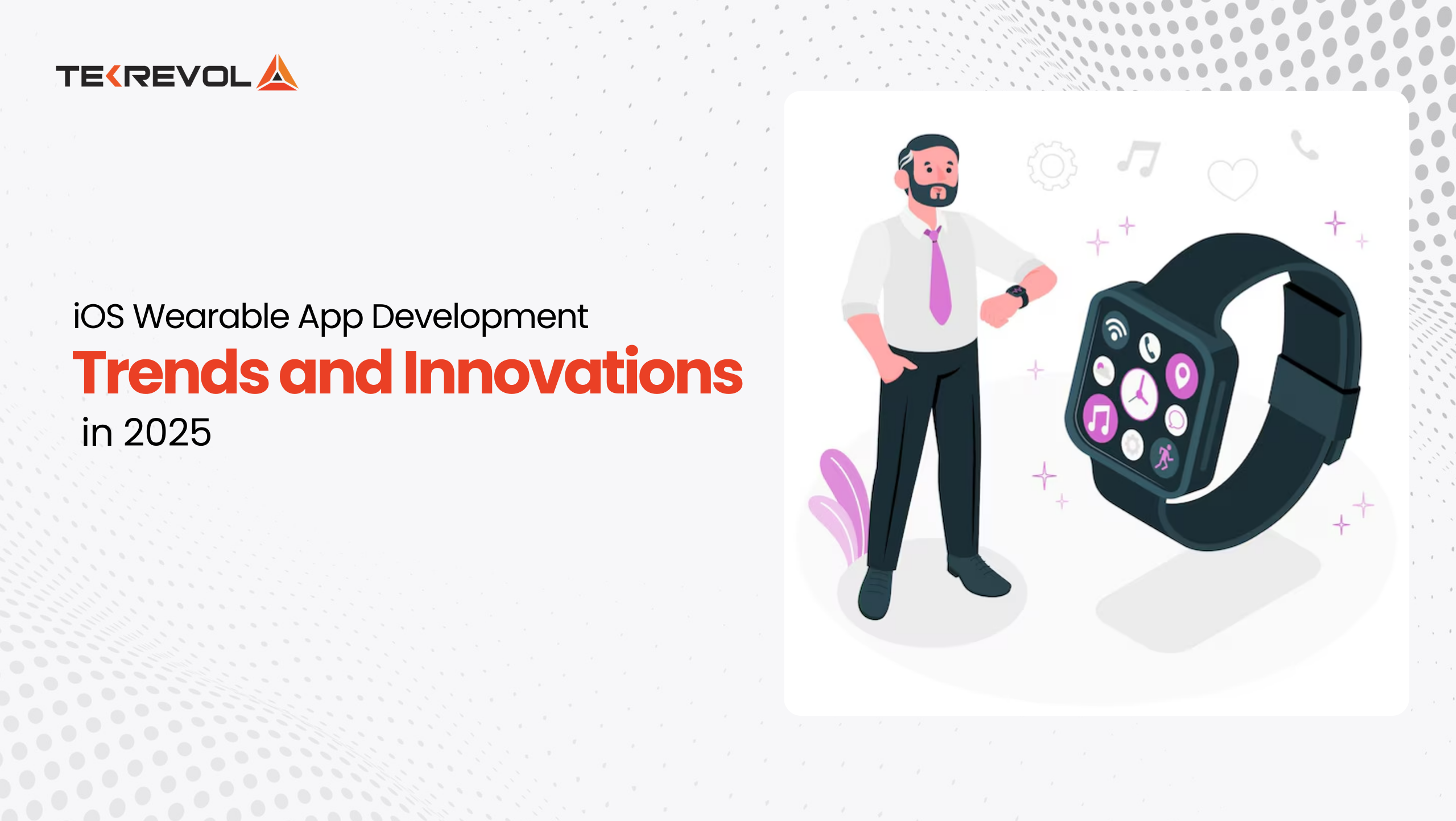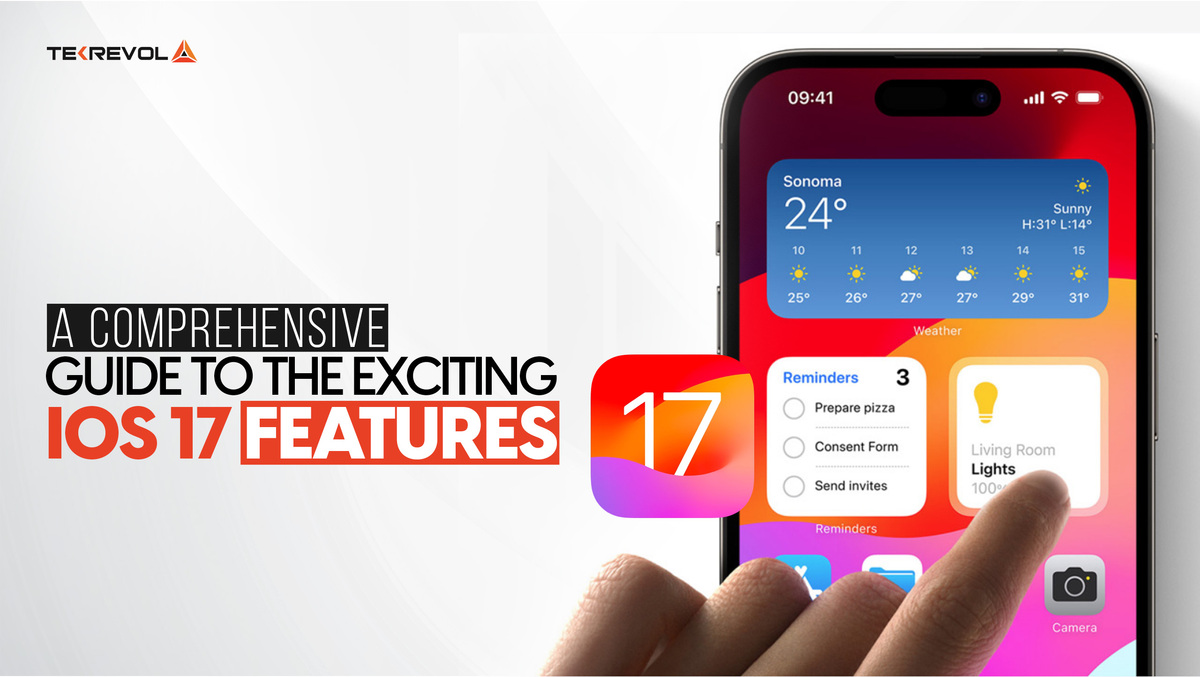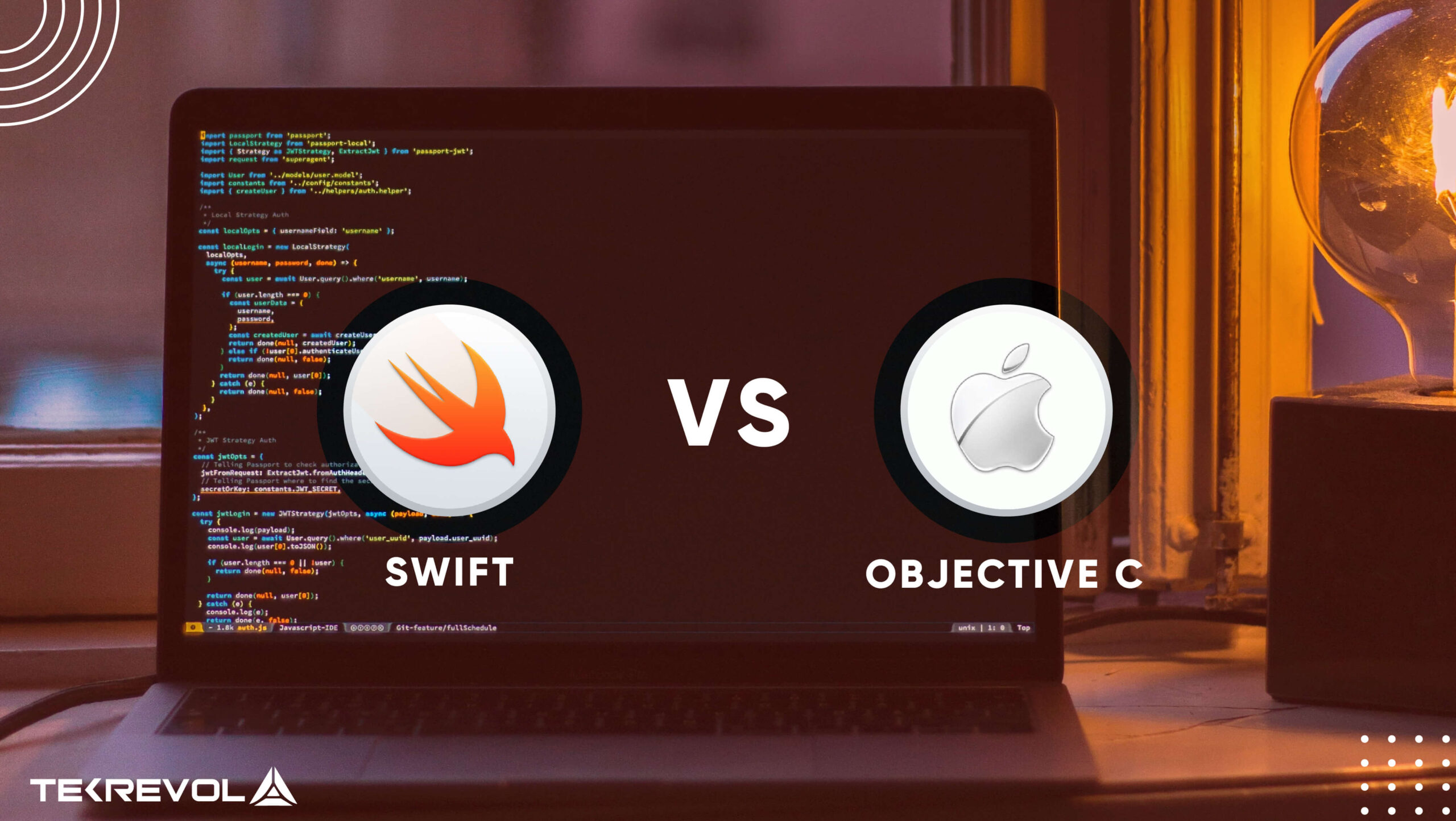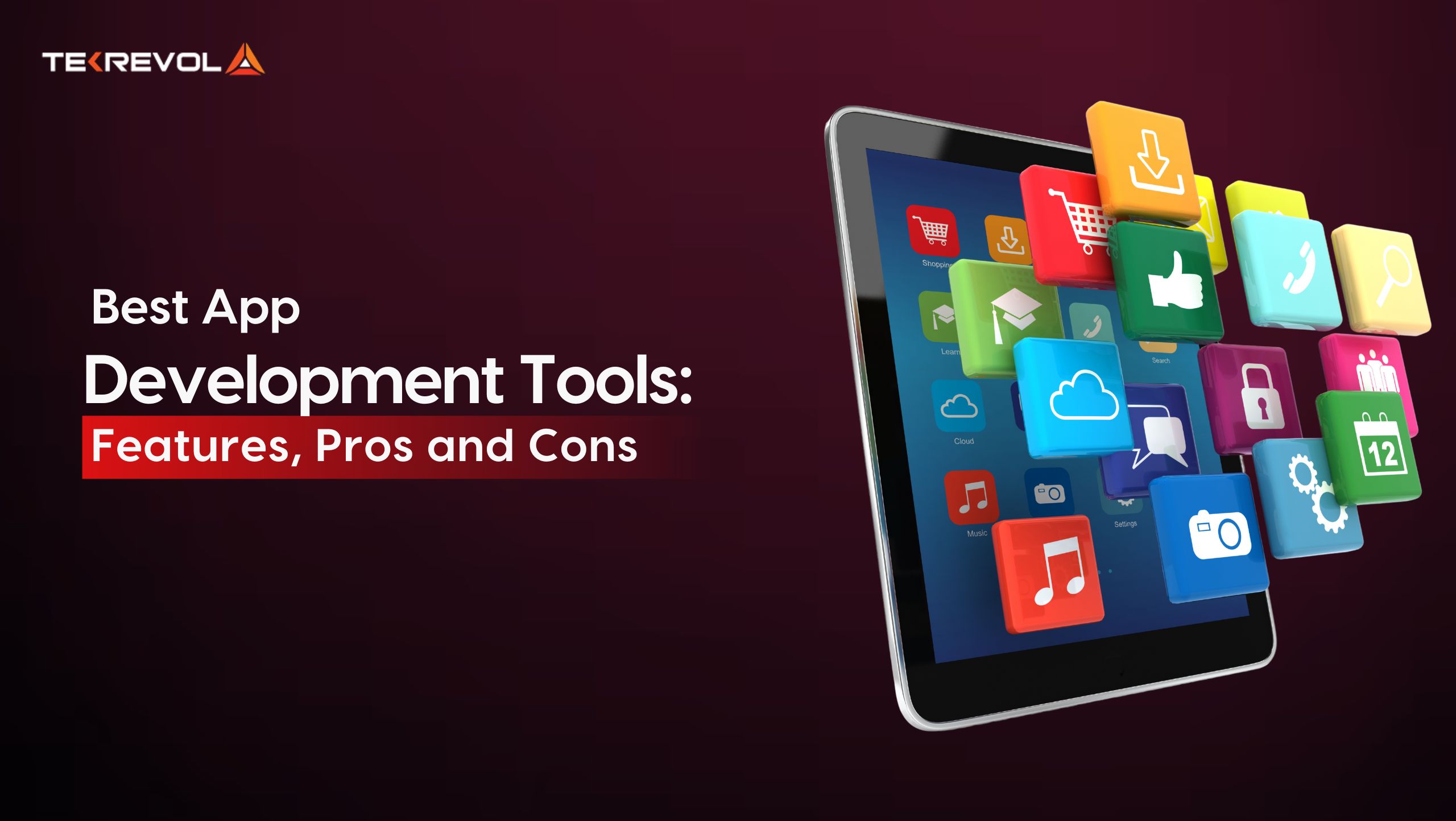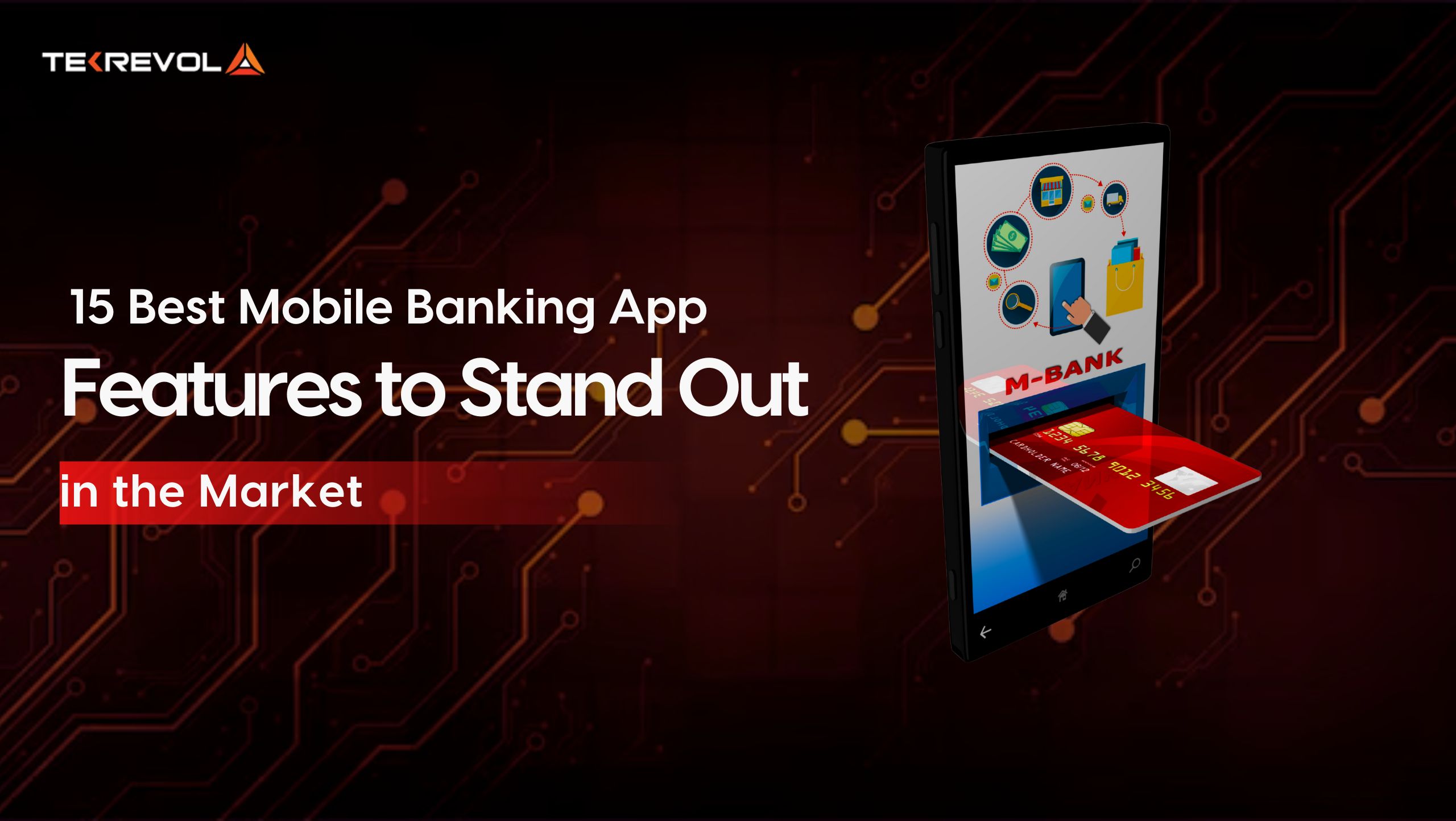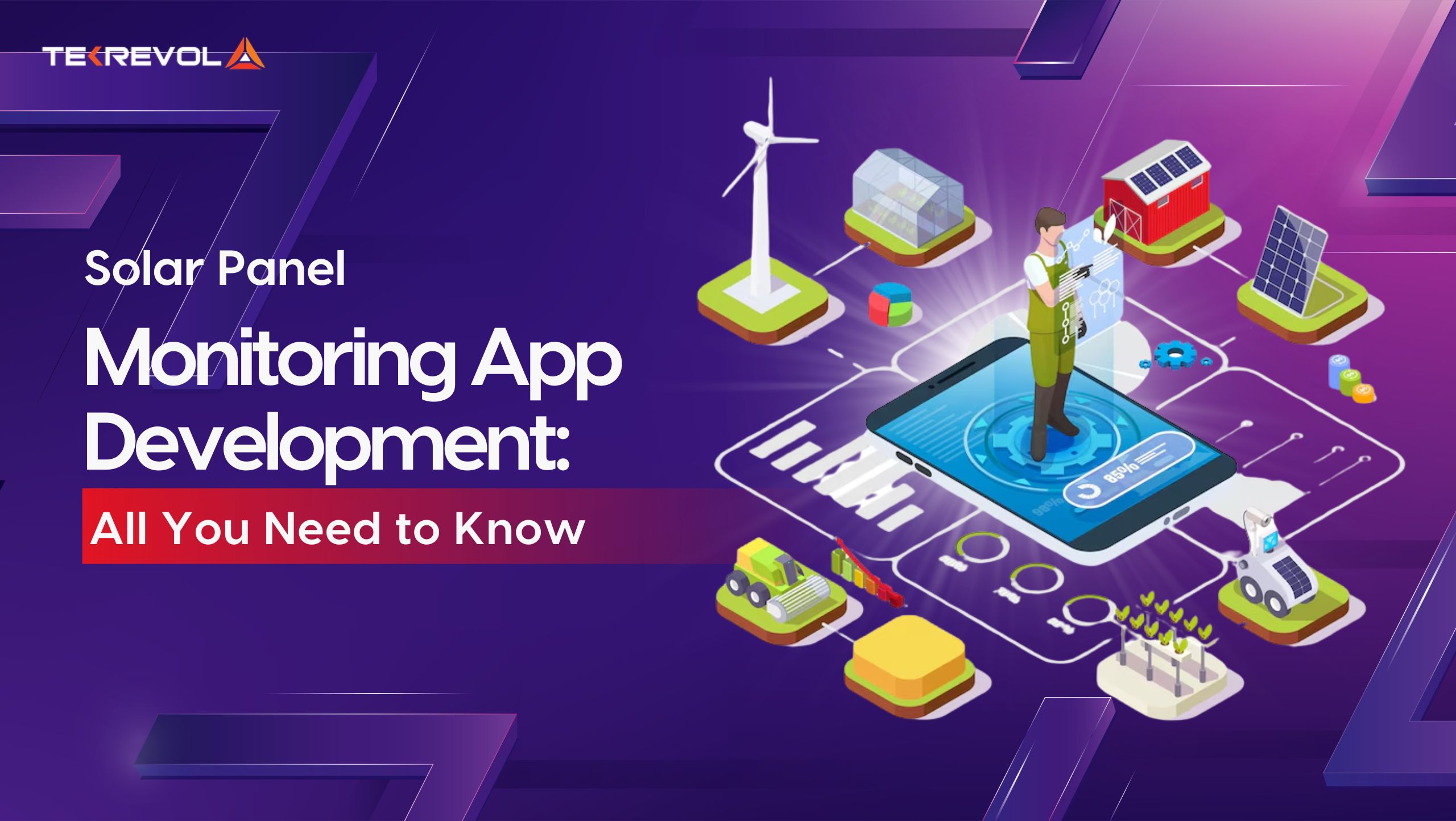Are you aware of the latest trend in iOS mobile app development? Web3 is gaining popularity among developers and technology enthusiasts as a visionary notion that promises decentralization, improved security, and a power shift to consumers. The rise of Web3 and blockchain technology has revolutionized how we build and interact with applications.
Web3 is all about people having ownership over their content on the internet, whereas blockchain is the underlying framework that assures trust throughout the system. The possibilities for Web3 iOS app development are numerous, ranging from decentralized applications (dApps) to NFT marketplaces and new financial systems.
With the rising acceptance of web3 iOS app development, developers must keep up with the latest tools, technologies, and trends in this ever-changing technology space.
In this blog, we will discuss prospective tools and technologies for future Web3-based iOS applications that will change the mobile application landscape.
What Is Web3 and Why Does It Matter for iOS Development?
Web 3.0 is the current generation of the worldwide web also termed as the decentralized web. While Web 2.0 draws attention to large companies for data and platforms, Web3 aims to decentralize it.
Web3 ensures full data ownership for users, eliminating reliance on intermediaries. This not only enhances data protection but also significantly reduces the risk of unauthorized access or tampering, which is crucial for safeguarding user privacy.
Web3 is all about using blockchain as its backbone, which makes it possible for decentralized applications, smart contracts, and cryptography to thrive. This decentralized approach empowers app developers to create programs that are not just more secure, but also immutable and resistant to censorship.
With Web3 and blockchain iOS applications, users can take back control of their data, property, identities, and even how they share media. It’s like giving power back to the people.
For iOS developers, Web3 as part of the Apple environment may be considered as an opportunity to broaden the concept of applications beyond the traditional interpretation of the term. Web3 iOS app development encompasses a wide range of concerns, including dApps, NFT marketplaces, and DeFi.
Understanding Web3: Key Concepts and Its Evolution
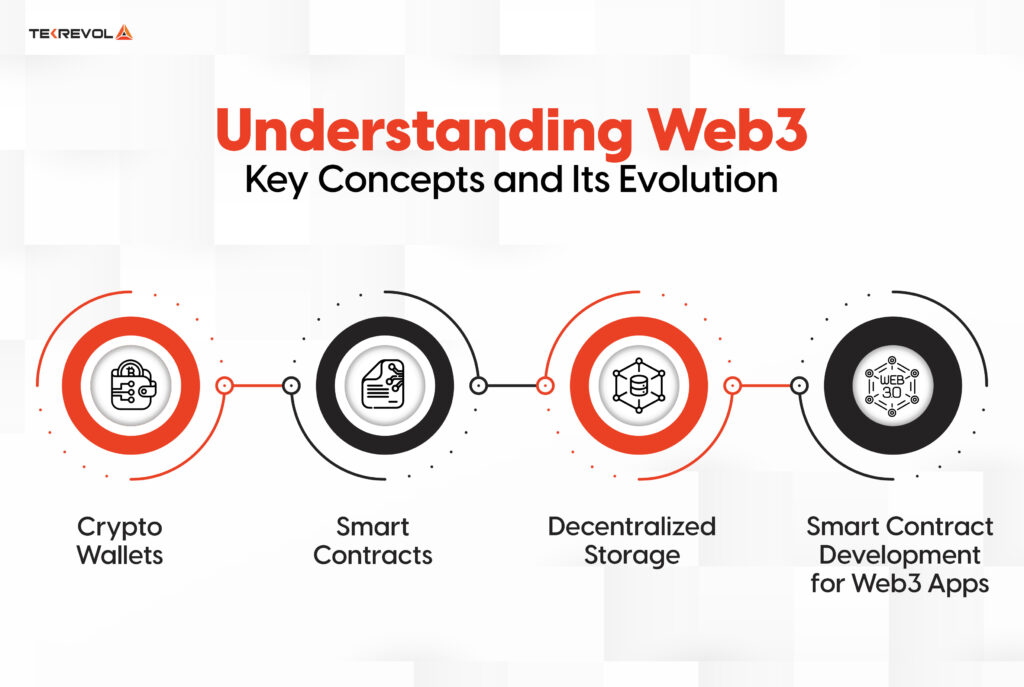
Web3 is a term that signifies the evolution of the internet from Web2 which was characterized by interactive user experience to a more decentralized web powered by blockchain. Unlike the conventional web, Web3 is an open, trustless, and permissionless web, through which users can own their data, identity, and actions online.
To fully engage in this transformative Web3 environment, there are a few essential concepts that customers need to understand:
Crypto Wallets
A crypto wallet is the first interface that you interact with as you join the decentralized web domain. It is not only a wallet where individuals store funds in cryptocurrencies, but it also serves as an ID to securely and without disclosing personal data interact with DApps.
Smart contracts
Smart contracts are digital contracts that execute themselves when triggered by particular events. Unlike traditional contracts, such agreements do not require the involvement of mediators or even the police; instead, they are carried out through code. Smart contracts are employed as the primary controllers in a variety of decentralized applications, including decentralized exchanges and artist royalties.
Decentralized Storage
Decentralized storage is different from the regular cloud solutions where the data is stored on multiple data centers, as shown by IPFS or Filecoin. With these globally distributed nodes, no individual or organization fully controls the data and it is less subject to censorship.
Non-Fungible Tokens (NFTs): NFT refers to digital assets registered on a blockchain platform depicting ownership of a particular item like a piece of art, toys, etc. In contrast to the normal form of money such as Bitcoin or Ethereum, NFTs cannot be exchanged because each has different properties therefore not exchangeable with the other.
Decentralized Finance (DeFi): DeFi is a financial structure built on the blockchain that acts as a financial service provider offering many of the same offerings as banks, borrowing, trading, and investment among others without involving third parties. This has been set as one of the core goals of DeFi which aims at decentralizing the financial system through the elimination of middlemen.
Smart Contract Development for Web3 Mobile Apps
DeFi and Web3 space remain continuously changing, and it is crucial to progress to stay relevant. This guide is for those who are ready to develop a DeFi application that can change the market radically and open new opportunities for companies and individuals.
- Want to Create a Top-Notch Web3 iOS App?
- We develop customized solutions that integrate blockchain, smart contracts, and decentralized technologies to meet your specific business goals.
Tools and Technologies Shaping Web3 iOS App Development
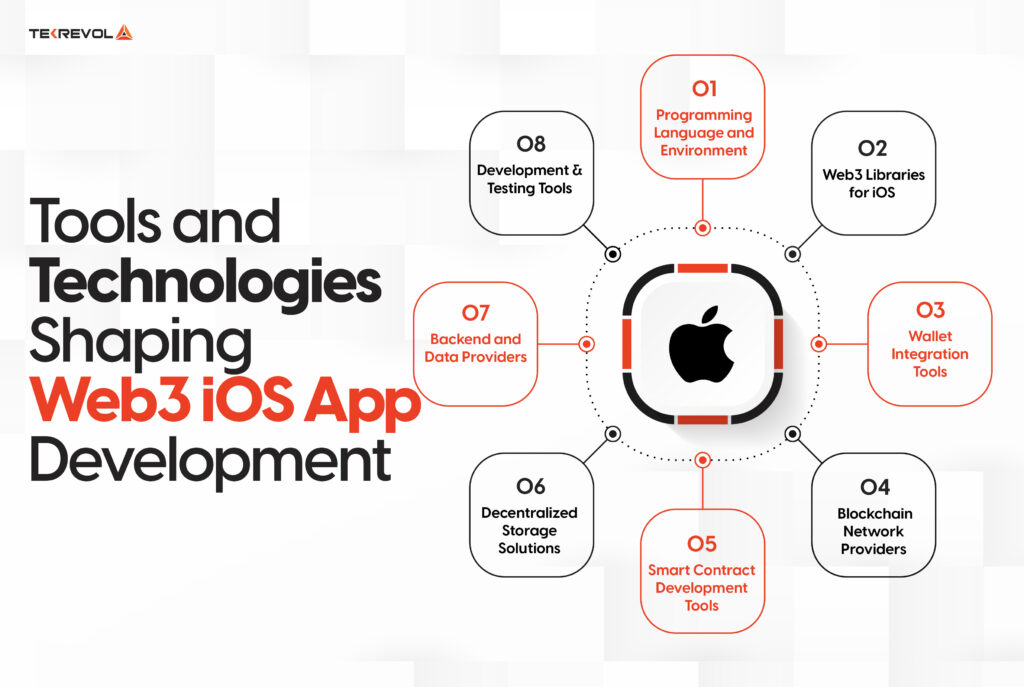
Developers should familiarize themselves with the following essential technologies and frameworks before beginning to create Web3 iOS apps:
1. Programming Language and Environment
Swift: Swift which is owned by Apple is very important when it comes to developing applications that will run on iOS programs. Using Swift, you will write the app logic, and user interface and incorporate key Web3 components.
Xcode: Xcode, the IDE for developing iOS applications, contains everything an application developer may need, including Swift language support, the first graphical InterfaceBuilder, testing and deployment tools.
2. Web3 Libraries for iOS
Web3 libraries help in dealing with blockchain networks and managing all blockchain-related operations.
EthereumKit: Another strong and safe Swift frame that facilitates the developers for operating the Ethereum nodes. It makes it easier to create wallets, manage and perform transactions, as well as interact with smart contracts.
Web3.swift: Web3 Swift is a Swift Library to interacts with Ethereum in iOS and other Apple platforms like macOS, tvOS, and watchOS. It enables developers to sign transactions, retrieve some data from the Ethereum smart contracts, and link to some Ethereum nodes like geth or erigon without having to create their protocols. With the support of SPM, web3. Swift speeds up the development of Web3 applications on Apple devices.
Flutter Web3: Flutter Web3 is an Ethereum support library for Dart that provides an interface for cross-platform applications created in Flutter. This enables developers to sign transactions, play with smart contracts, and get data from the blockchain. It also supports WalletConnect for connecting wallets securely with the help of QR codes, and thus, users find it convenient to interact with DApps on mobile.
3. Wallet Integration Tools
Wallets are central to Web3 mobile app usage and facilitate the storage and transference of digital assets.
WalletConnect: A protocol that promotes the connection of the decentralized application (dApp) with a mobile wallet using a QR code. It enables the users to securely engage blockchain wallets from an iOS application.
Trust Wallet SDK: An iOS/Android mobile wallet SDK that allows users to safely store and organize their cryptocurrencies in an application.
Metamask Mobile: While MetaMask is primarily a browser extension, there are mobile versions available for integrating wallets with DApps on iOS.
4. Blockchain Network Providers
For an iOS app to interface with a blockchain, it must have a way of connecting to a blockchain node and using a node provider makes it easier.
Any app on iOS needs to be connected to a blockchain node to interact with a blockchain and using a node provider easily means doing this step.
Infura: Infura offers a highly available, elastic API specifically used on iOS that enables developers to engage with the Ethereum network without necessitating the operation of their nodes. It enables the capability to send transactions, request blockchain data, and communicate with smart contracts.
Alchemy: A strongly recommended blockchain infrastructure provider that provides better API support for Ethereum and other blockchains. It improves your app’s performance and scalability in iOS.
Moralis: Moralis is a Web3 API and SDK that can be used to build blockchain apps. It includes features such as user authentication, token balances, and transaction history and helps in integrating blockchain for iOS applications.
5. Smart Contract Development Tools
Smart contracts are essential components that put together decentralized applications.
Solidity: A programming language most commonly used for writing smart contracts, often in conjunction with Ethereum. It will be most efficient if you choose to use Solidity for the backend part of your Web3 iOS app.
Remix: A browser-based tool that enables the authoring, compiling, and deployment of Solidity-based smart contracts. With Remix, you can write and run your smart contracts separately and then implement the best-displayed results into your iOS mobile app.
Truffle: A smart contract-building platform that assists with oversight and organization of smart contracts within Ethereum, compiling them and deploying them into the Ethereum blockchain. It makes interaction with smart contracts in your iOS app easier.
6. Decentralized Storage Solutions
Most Web3 applications need decentralized data storage since storing some data in centralized servers is not desirable.
IPFS (InterPlanetary File System): A distributed storage system that grants users the ability to store files through various locations. Ideal for managing media files and data in your Web3 iOS application.
Filecoin: Filecoin is constructed on the same architecture as IPFS and provides decentralized storage with a market for selling and purchasing storage space.
7. Backend and Data Providers
Web3 back-end services are useful in handling the blockchain functionality and scalability within an iOS application.
The Graph: A query indexing technique for engaging with blockchain-based data. It simplifies the process of obtaining blockchain data, such as transaction history or smart contract-specific data.
Chainlink: Chainlink is a decentralized oracle network that enables secure app connection with external sources, numerous APIs, and payment systems for iOS apps. Critical for providing real-time, external data to smart contracts.
8. Development and Testing Tools
These tools are essential for testing blockchain functionality in your iOS app.
Ganache: An Ethereum mock chain where you can define, execute proofs, and inspect the state of the chain during app development.
Hardhat: An IDE for Solidity that helps in compiling, deploying, and testing smart contracts in the Ethereum platform also to performs debugging as well.
Latest Trends Shaping Web3 iOS App Development
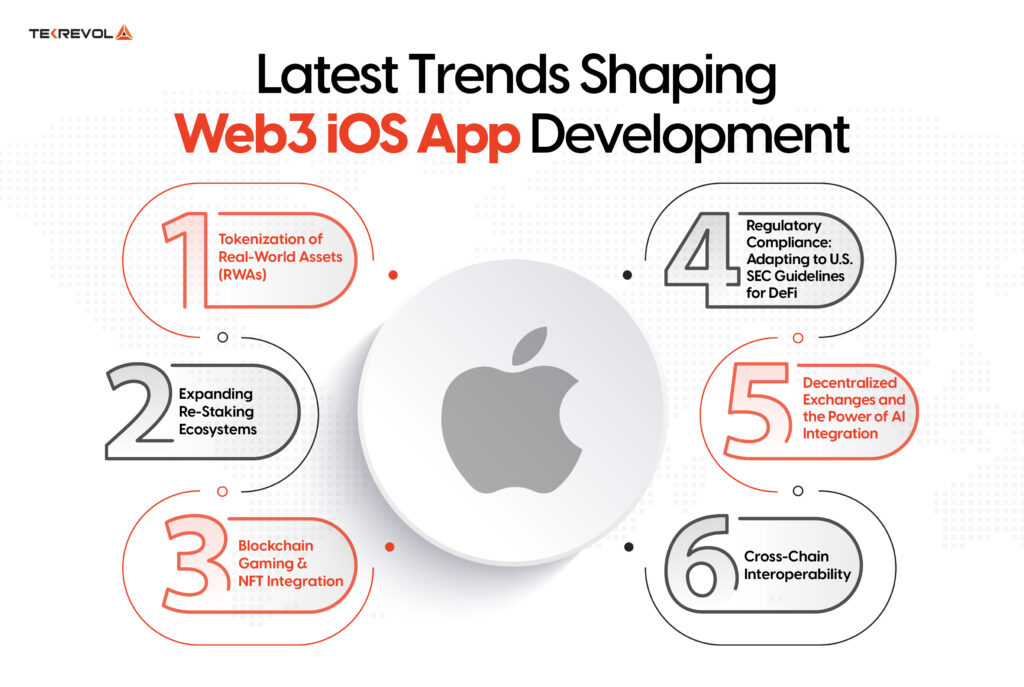
The development of Web3 iOS apps is still dynamic since blockchain is becoming more mainstream today. Now, developers pay more attention to the implementation of decentralized technologies into mobile apps to improve the security, ownership, and control of data. Here are some of the key trends in Web3 iOS app development in 2024:
Tokenization of Real-World Assets (RWAs)
The idea of breaking down real-world assets (RWAs) into tokens is changing the perceptions of ownership and value. Through tokenization of physical and intangible assets, such as real estate, artworks, or commodities, blockchain allows for new trading platforms, fractionalization, and the introduction of new market liquidity.
This trend is opening up a new world for Web3 applications, especially in such directions as legislation, verification of ownership, and access to valuable assets at the global level.
Expanding Re-Staking Ecosystems
Re-staking is seen as a pioneering approach as it allows validators to diversify and manage staked tokens across many blockchains. This strategy increases staking payouts while strengthening the network’s safety features.
For example, EigenLabs’ EigenLayer is an excellent contender for extending the security of large-scale blockchains to other services such as Oracle networks and cross-chain bridges. For developers, including re-staking possibilities in Web3 applications creates many revenue streams while also improving the platform’s overall security.
Blockchain Gaming and NFT Integration
Nowadays, blockchain gaming and NFTs have opened up new opportunities for developers. There is a demand for platforms other than game development that allow users to trade, lease, or sell in-game assets as collateral.
This new ecosystem highlights the importance of establishing consistency between gaming experiences and other NFT marketplaces, as well as the development of more engaging and unique monetization strategies.
Regulatory Compliance: Adapting to U.S. SEC Guidelines for DeFi
As DeFi expands, compliance is one of the most important elements to address along the process. The US SEC’s requirements for DeFi projects are not static, and they are only becoming more sophisticated, even though such understandings are critical for compliance.
To earn the trust of users, industry players must maintain legal compliance, particularly in developing products such as STOs and decentralized exchanges (DEXs).
Decentralized Exchanges and the Power of AI Integration
Decentralized exchanges (DEXs) remain popular due to the desire of users to exercise more self-governance. The advancements in the upcoming generations of DEXs will be AI capabilities for smart trading, risk analysis, and security. This integration of DEXs with Artificial Intelligence technology opens a new horizon of innovation in trading platforms as these are more intelligent and secure.
Cross-Chain Interoperability
Due to the emergence of multiple blockchains, software creators are now aiming at building applications that can easily connect with various blockchains. Interoperability, especially between different chains, is crucial to enable users to interact with dApps in multiple chains without being confined to a single one.
This will become more important as Web3 grows, and iOS apps that integrate cross-chain compatibility protocols will have a strategic advantage.
How TekRevol Help You Build Web3 iOS App Development?
Designing Web3 mobile apps for iOS environments means having profound knowledge of blockchain, decentralized applications, and easy-to-navigate applications on Apple devices. TekRevol has always delivered Web3 advancements hand in hand with its extensive experience in iOS application development to support companies in their attempt to deliver novel and secure applications.
Our team specializes in developing highly reliable, and easy-to-use iOS Web3 apps that conform to industry best practices.
1. Consultation and Strategy
The first step is a comprehensive meeting to determine your goals, the general idea, and which Web3 features are to be implemented. Our professionals evaluate your requirements and define a strategy for using blockchain, smart contracts, and decentralization in your business. We also consider the technical specifications such as the choice of the blockchain network (Ethereum, Solana, etc.), and tokens.
2. Design and Development
This is where our iOS and blockchain developers come into play to turn your Web3 app vision into a reality. We pay careful attention to value creation strategies from a UX/UI perspective, primarily applied to iOS platforms and incorporating decentralization aspects such as smart contracts, crypto wallets , and tokenization. The development team then conducts performance, scalability, and security testing to verify that your app is use-ready.
3. Deployment and Support
After your Web3 iOS app is built, we will compile it on the Apple Store, subject to the company guidelines. However, our help does not end there; we strive to provide our customers with a complete solution. This means we will continue to update, maintain, and improve the app as new updates in the blockchain technology and evolving user needs occur.
- Need a Custom web3 mobile app Solution?
- Our team helps you with the complete development process, from strategy to deployment.
The Bottom Line
Web3 is quickly emerging as the next generation of the Internet and software development. Thus, by grasping its potential and discovering ways to harness its powers, one might become a trendsetter in a fast-developing area. Mobile first is vital for Web3 usability, and we hope that the tips we’ve provided will help you build better Web3 for your users.
The usage of Web3 and blockchain in iOS application development provides solutions for achieving groundbreaking advances in mobile applications. The concept of Web 3.0 provides developers with new opportunities to construct more transparent and user-centered applications in a safer and more believable environment.
Web3 provides limitless possibilities for DeFi, NFT marketplaces, and applications that allow users to own their data and assets. By implementing these technologies, iOS developers will be able to create applications that will form a decentralized universe of mobile interactions.

 2742 Views
2742 Views October 28, 2024
October 28, 2024